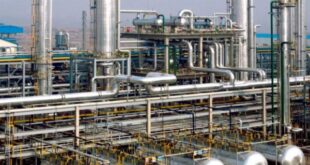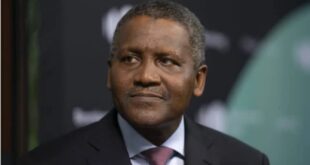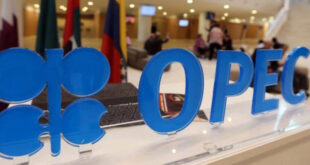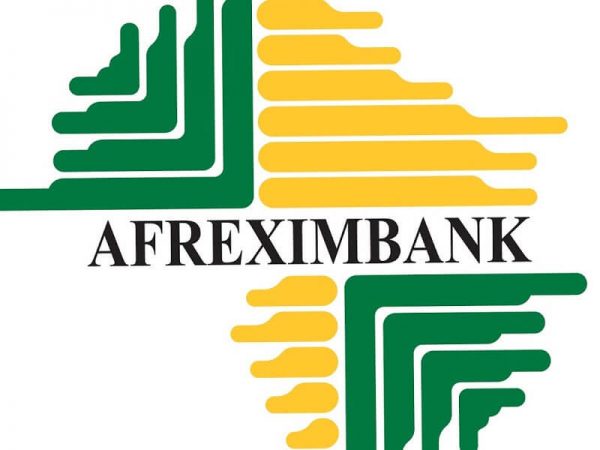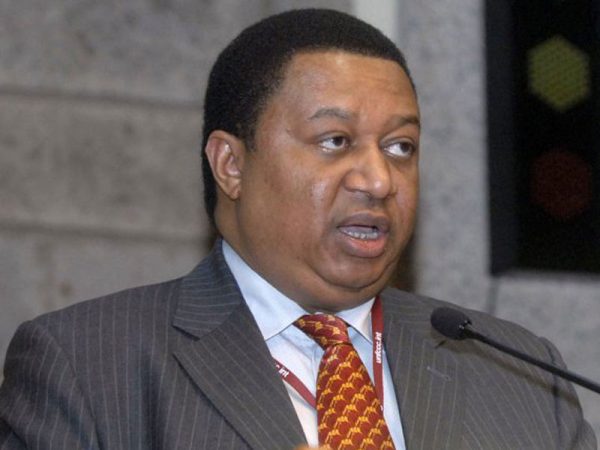
- OPEC removes excess 400m barrels of oil from global market
Global benchmark, Brent crude prices reversed earlier losses to hit their biggest premium to United State futures in over three years thursday, as the prospect of more inventory increases weighed heavily on the prices of US crude.
This is coming as the Secretary General of the Organisation of Petroleum Exporting Countries (OPEC), Mr. Mohammad Barkindo has stated that the output cut pact between the cartel and non-OPEC members halted the worst oil market downturn in history, by removing excess 400 million barrels of oil from the international market.
Brent crude futures rose yesterday to $78.42 per barrel, while US West Texas Intermediate (WTI) crude was down $1.1 to $67.11 per barrel, pushing the premium of Brent to WTI beyond $11 per barrel, the largest since March 2015.
Reuters reported that the spread has doubled in less than a month, as a lack of pipeline capacity in the US has trapped a lot of output inland.
The wider premium makes US crude exports more competitive than those linked to the Brent price, such as North Sea or West African grades of oil.

Brent slid to a three-week low below $75 a barrel on Monday after the Organization of the Petroleum Exporting Countries (OPEC) and its non-OPEC allies including Russia indicated they could adjust their deal to curb supplies and increase production.
Saudi Arabia, the effective leader of OPEC, and Russia were discussing boosting output by about one million barrels per day (bpd) to compensate for losses in supply from Venezuela and to address concerns about the impact of US sanctions on Iranian output.
In a related development, the Secretary General of the OPEC, Mr. Mohammad Barkindo has stated that the output cut pact between the cartel and non-OPEC members halted the worst oil market downturn in history, by removing excess 400 million barrels of oil from the international market.
OPEC and non-OPEC producers have committed to cut output by 1.8 million bpd until the end of 2018 to reduce excess inventory in the oil market that led to global glut that crashed prices.
The oil producers will decide at a meeting in late June whether to prolong the output cut pact.
In a keynote address delivered at the 25th International Caspian Oil and Gas Exhibition and Conference in Baku, Azerbaijan, Barkindo stated that having removed the huge overhang, “the next critical phase in the whole process is to sustain these accomplishments of market rebalancing, a gradual recovery in investments and the return of confidence in the industry.
“How will we achieve this? Going forward, through a broader and institutionalised framework of cooperation based on the Declaration’s core principles of equity, fairness and transparency, we will look into developing metrics and designing mechanisms to help govern against future shocks and extreme volatility in the market,” he said.
“One of the greatest and most pressing challenges before us is ensuring that there will be adequate levels of investment in a predictable fashion to meet the world’s future requirements. So far in 2018, the pace of investment has gradually picked up, yet we are still not seeing enough robust investment in long-cycle projects, which are the baseload of future supply, and the foundation of this industry’s future,” Barkindo explained.
 MMS PLUS NG – Maritime, Aviation, Business, Oil and Gas News Online Newspaper with coverage in Maritime, Oil and Gas, Aviation, Power and Energy as well as Financial News
MMS PLUS NG – Maritime, Aviation, Business, Oil and Gas News Online Newspaper with coverage in Maritime, Oil and Gas, Aviation, Power and Energy as well as Financial News



